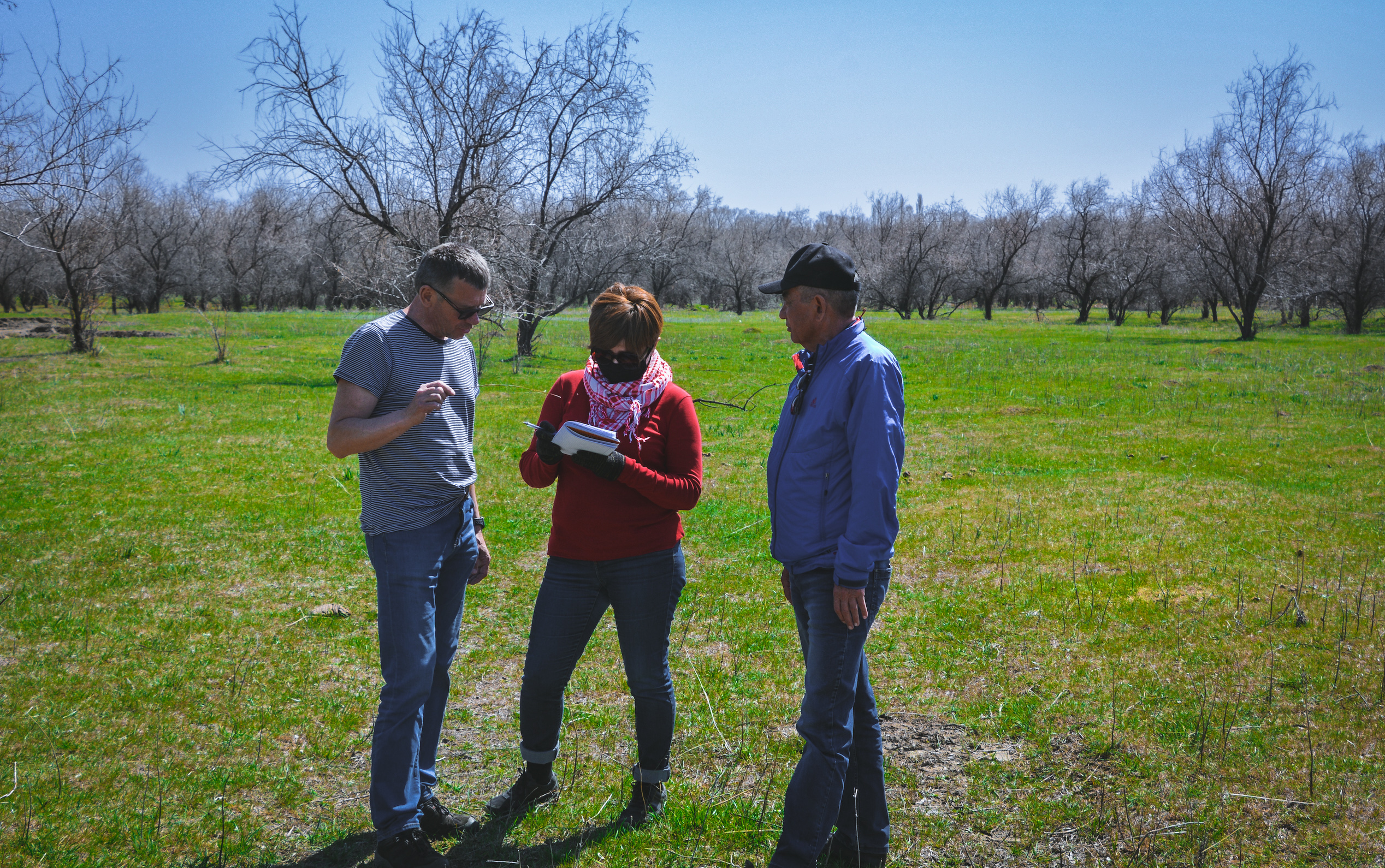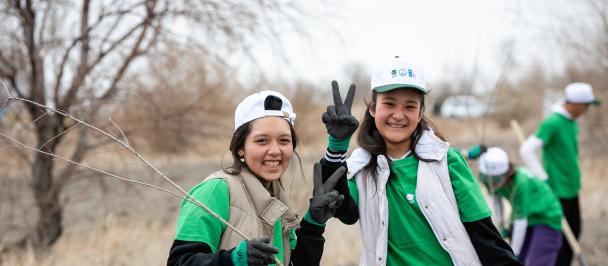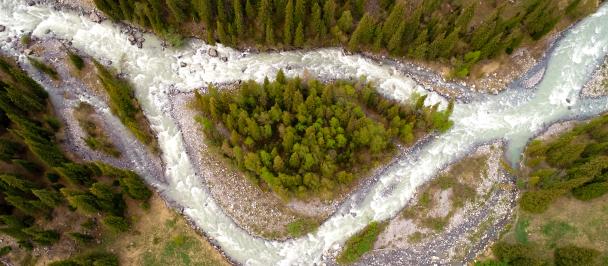Landscape planning – a guardianship for safeguarding ecosystem
July 5, 2022

Kazakhstan is the largest country in Central Asia with land plentiful resources for agricultural development. However, despite the country's great potential, more than half of its territory is prone to desertification and degradation.
Today, degraded lands occupy an area of 180 million hectares and cover 66 percent of Kazakhstan territory. In recent decades, the fertility of a tenth of irrigated lands has significantly decreased, up to 60 percent of pastures have been degraded and 18 million hectares of land are exposed to wind and water erosion. The pastures and hayfields near populated settlements are the most affected by degradation, and total annual economic losses as a result of degradation in Kazakhstan are estimated at ₸93 billion.
The main reason for land degradation in Kazakhstan is the current practice of land use, which leads to a loss of agricultural land fertility, degradation of rangelands, loss of landscape and biological diversity.

Sustainable planning of economic activities helps to reduce the negative impact on natural landscapes and slows the process of desertification and degradation. Landscape planning and zoning helps not only to conserve the natural environment, but also to take the interests of local communities into account.
Today, zoning and landscape planning are fairly new trends in Kazakhstan. The existing practice of land use planning does not allow for the full scope of ecological functions of the landscape due to such factors as unsustainable management of infrastructure facilities, lack of assessment of ecological condition and anthropogenic pressure degree on landscapes, or lack of transparency of environmental impact assessment procedure.
To solve the problems with zoning and landscape planning, several initiatives are being undertaken in Kazakhstan. In 2007-2018, the United Nations Development Programme (UNDP), with support from the Global Environment Facility, conducted land use zoning on a total area of more than 20 million hectares in Akmola, Almaty and Kyzylorda regions. Starting from 2020 this activity is ongoing in seven pilot districts of Almaty and Zhetysu regions: Panfilov, Kerbulak, Yeskeldy, Uygur, Rayimbek, Enbekshikazakh and Kegen.

The rich fauna of these areas and the diversity of their natural ecosystems – from the mountains and forest to the deserts – have created a need for the sustainable use and management of natural resources, which is based on landscape planning. According to experts’ estimate, unsustainable agriculture, tourism, infrastructure development and other anthropogenic factors have had a negative impact on the ecosystems and natural landscapes of these pilot areas.
During Stage 1, the UNDP-GEF Project performed a detailed assessment of the ecological state of ecosystems, analysing their degree of use and mapping pilot areas. As a result of these studies, the main factors of the negative impact on ecosystems were identified, the key ones being unsustainable livestock breeding and farming.
The use of foothill and plain landscapes as pasture lands leads to destruction of vegetation cover, water and wind erosion, due to which the soils are losing their fertile layer, and the lands are withdrawn from agricultural turnover. In addition, the landscapes in pilot areas are actively used for unstable irrigated agriculture, due to which changes in the water-salt regime of soils, their overwatering, secondary salinization and waterlogging are observed.

At the same time, a disturbance of the soil cover occurs very quickly – within a few years, but the restoration requires tens and hundreds of years. To solve these problems, functional zoning schemes were designed, potential areas for creating ecological corridors and buffer zones were identified, and forecast scenarios for sustainable development of pilot projects were developed. Experts also prepared more than 200 thematic database maps, which contain information on climate, socioeconomic conditions, demography, agriculture and biodiversity.
As part of project activities, working meetings were held with locals and other stakeholders to explain the goals, principles and importance of landscape planning and sustainable land management. In this way, the UNDP-GEF initiative recognizes the important role of local communities in conservation and restoration of natural landscapes and natural ecosystems.
The Project on landscape planning system improvement in Almaty and Zhetysu regions is important in addressing the current environmental problems in Kazakhstan, such as desertification, degradation of rangelands, loss of agricultural land fertility and loss of species biodiversity.

 Locations
Locations



